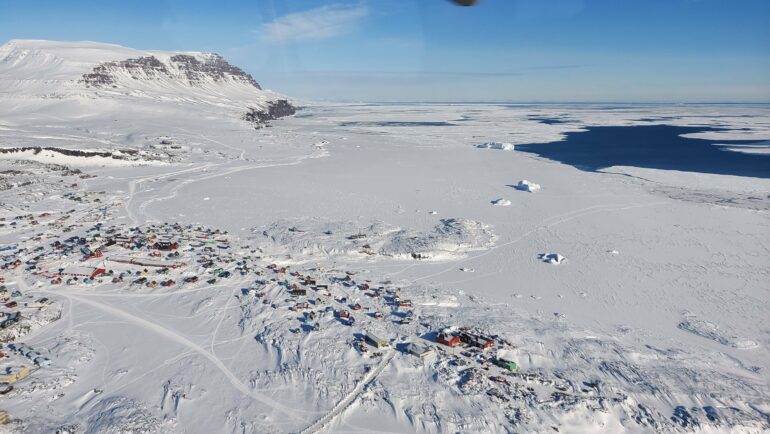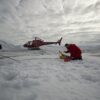Recent decades have witnessed rapid changes in the Arctic climate, with warming rates surpassing global averages by three to four times. This puzzling “Warm Arctic, Cold Eurasia” climate phenomenon has profound implications, sparking scientific curiosity into its underlying mechanisms.
Arctic sea ice has been rapidly declining, diminishing by about 12.2% in summer extent per decade over the past 40 years. Earlier studies suggested that diminishing Arctic sea ice played a key role in driving the “Warm Arctic, Cold Eurasia” climate mode. However, limitations in available observations raised questions about whether internal atmospheric variability might be masking the true impact of reduced sea ice.
Dr. Shengping He, Senior Researcher at the University of Bergen’s Geophysical Institute and corresponding author of the study published in Advances in Atmospheric Sciences, utilized large-scale experiments to untangle the influence of Arctic sea ice loss and internal atmospheric variability on this climate mode.
In collaboration with various international institutions, the study revealed that diminishing sea ice can indeed trigger a “Warm Arctic, Cold East Asia” pattern. However, the cooling effect on East Asia due to reduced sea ice could easily be overshadowed by atmospheric variability, resulting in either more significant cold or warm anomalies.
In another study published in the same journal, the team also investigated future Arctic sea ice changes, focusing on newly formed winter ice. As the Arctic warms, the increase in open ocean areas in winter allows for more newly formed ice. This newer ice provides critical information about Arctic-air-sea interactions and broader atmospheric connections in the Northern Hemisphere.
Their findings indicate that Arctic winter newly formed ice is expected to continue increasing until mid-century under various emissions scenarios, stabilizing thereafter in more moderate scenarios but decreasing under higher emissions.
These new studies not only quantified the direct impact of Arctic sea ice on winter temperatures but also unveiled the increasing trend in winter Arctic newly formed ice. The findings offer crucial insights into climate changes in the “new Arctic” era.
More information:
Shengping He et al, Relative Impacts of Sea Ice Loss and Atmospheric Internal Variability on the Winter Arctic to East Asian Surface Air Temperature Based on Large-Ensemble Simulations with NorESM2, Advances in Atmospheric Sciences (2024). DOI: 10.1007/s00376-023-3006-9
Jiazhen Zhao et al, Projecting Wintertime Newly Formed Arctic Sea Ice through Weighting CMIP6 Model Performance and Independence, Advances in Atmospheric Sciences (2024). DOI: 10.1007/s00376-023-2393-2
Provided by
Chinese Academy of Sciences
Citation:
Unlocking Arctic mysteries: How melting ice shapes our climate (2024, April 4)



